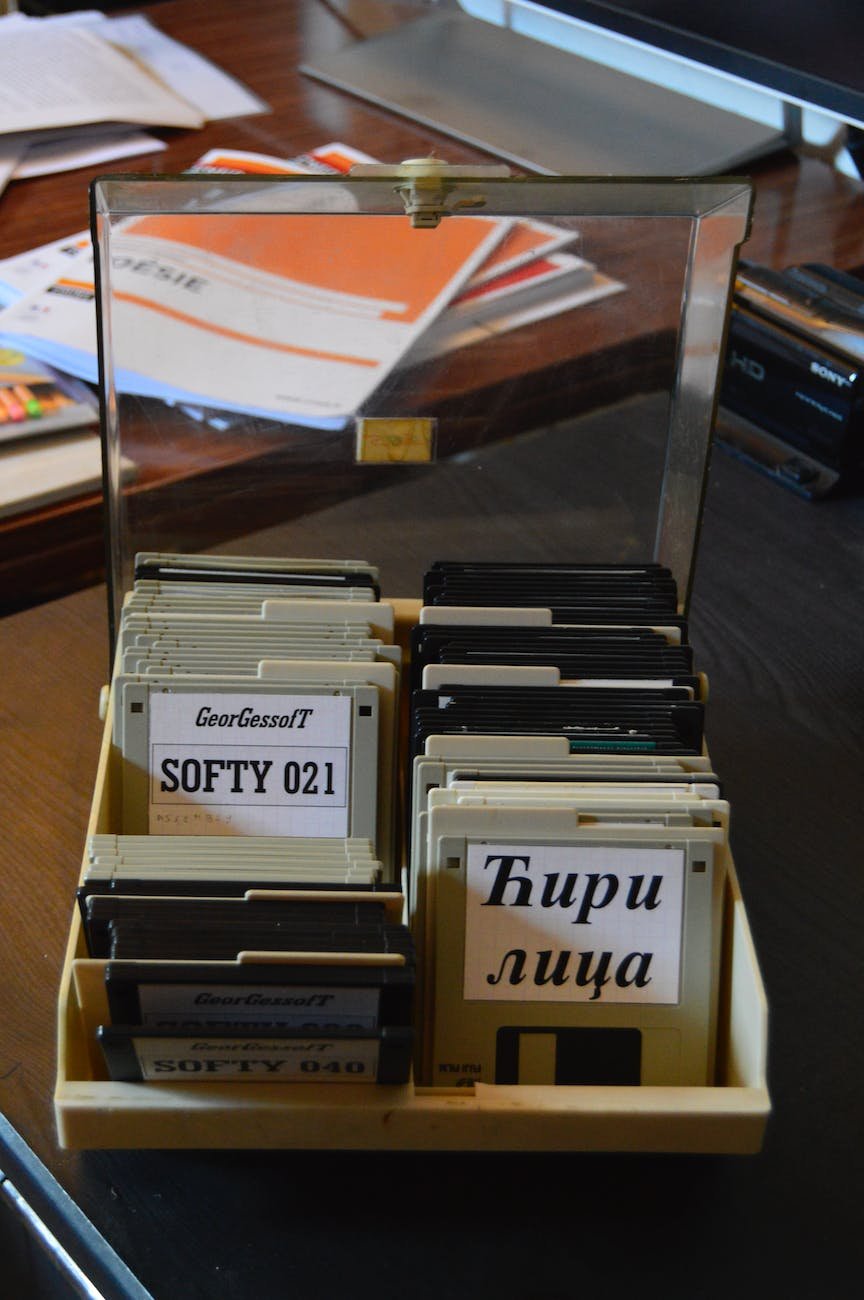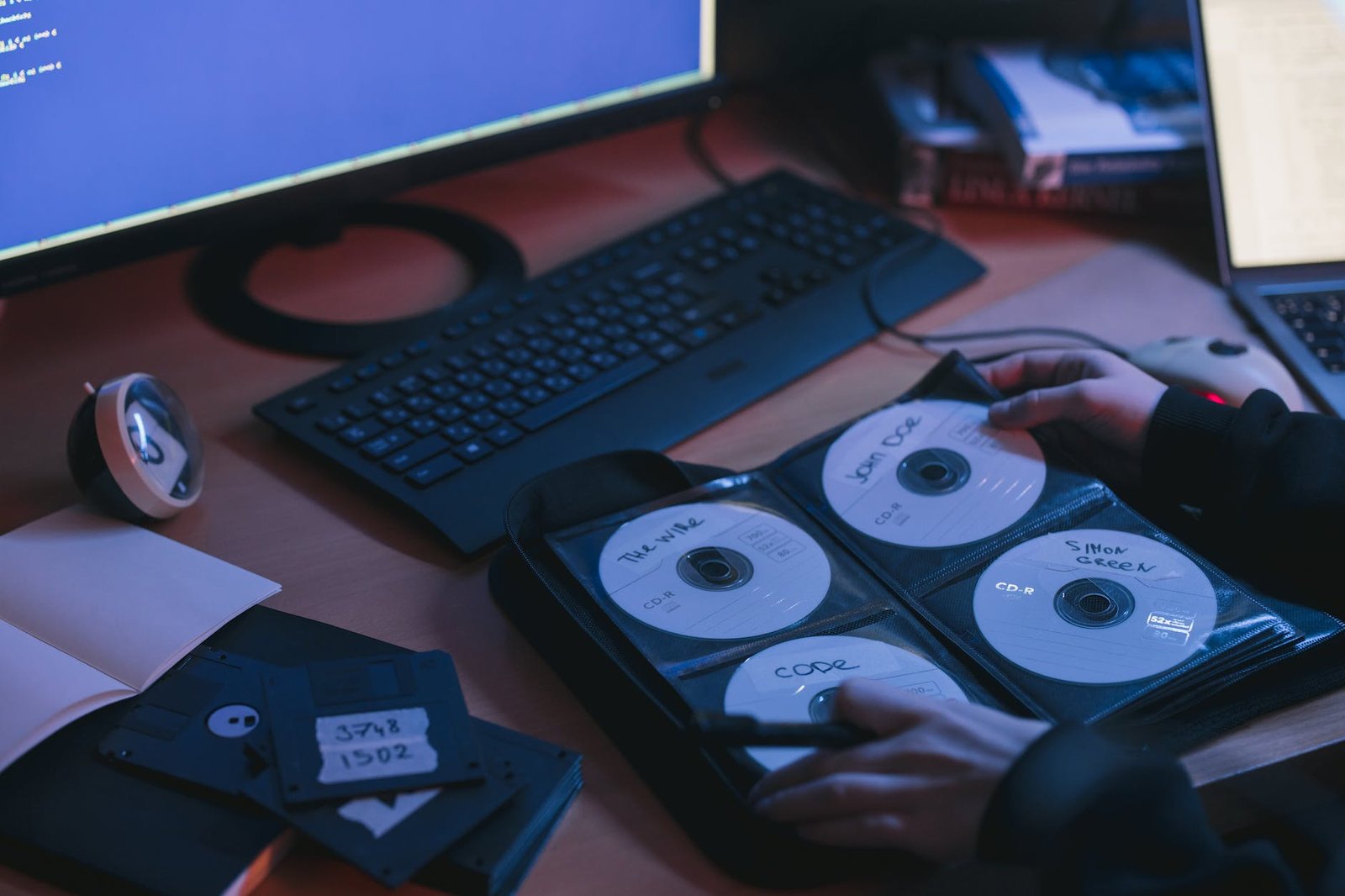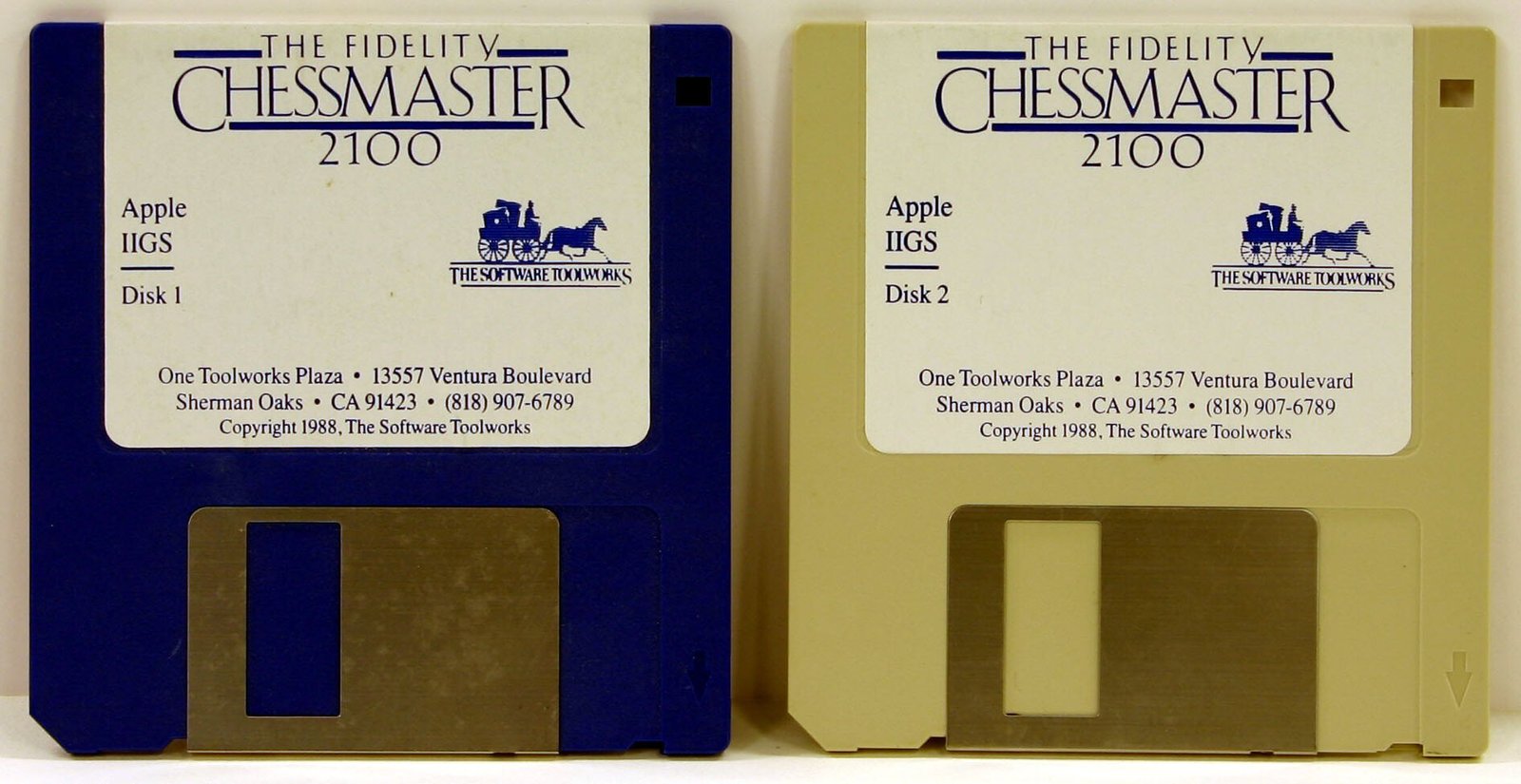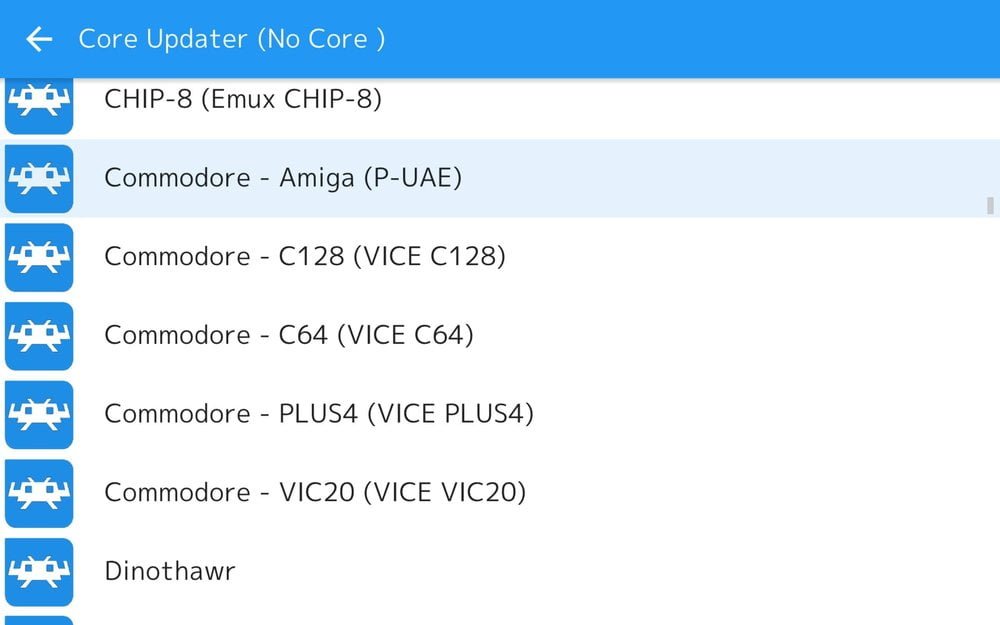What Is Abandonware, and Is It Illegal or Just a Gray Area?
Last Updated on July 17, 2023
The world of technology has brought about many changes over the years, including the rise of abandonware.
Abandonware refers to software that is no longer being sold or supported by its creator, but can still be downloaded and used by users. But is it illegal to use abandonware? The answer to this question is not straightforward.
While some argue that abandonware is illegal because it violates copyright laws, others believe that it falls into a gray area of the law. In this article, we will explore the legality of abandonware and examine the arguments for both sides. So, if you’re curious about this controversial topic, keep reading to find out more.
Defining abandonware
Abandonware is a term that has been used to describe software that is no longer being actively supported or sold by its creators. This can include old video games, productivity software, and other types of computer programs. The exact definition of abandonware can be a bit murky, as there is no clear-cut definition of what software falls into this category.
However, generally speaking, abandonware refers to software that is no longer being actively developed or supported.

One of its defining features is that it is often difficult or impossible to find copies of it through legal means. This is because the companies that originally created the software may no longer exist, or they may have abandoned the program themselves. As a result, abandonware is often distributed through unofficial channels, such as peer-to-peer file sharing networks or online forums.
Despite the fact that such software is no longer being actively supported, many people still find value in using or playing these old programs.
For example, some people may enjoy playing retro video games that are no longer being sold by their creators. Others may find old productivity software useful for specific tasks, even if it is no longer being updated or supported.
A history of abandonware
Abandonware has been around for almost as long as personal computers have been in homes. In the early days of personal computing, software was often distributed on floppy disks or other physical media. As a result, it was difficult to distribute software on a large scale, and many programs were only available through specialized retailers or mail-order catalogs.
As personal computing became more popular, software distribution began to change. Companies began distributing software through larger retailers and over the internet. This made it easier for people to access and download software, but it also led to a proliferation of pirated software.
In response to the rise of piracy, companies began implementing more sophisticated anti-piracy measures. These measures included copy protection, which made it difficult for people to make unauthorized copies of software. However, these measures were often unpopular with consumers, who felt that they were being unfairly restricted.

As a result, many people began turning to abandonware as a way to access software that was no longer being sold or supported by its creators. The rise of the internet made it easier for people to share and download abandonware, leading to a proliferation of sites and communities dedicated to preserving old software.
Legal issues surrounding abandonware
The legality of abandonware is a complicated issue, and one that is not always clear-cut. On the one hand, many people argue that abandonware is illegal because it violates copyright laws. Copyright laws are designed to protect the intellectual property rights of creators, and this includes software.
According to copyright law, the creators of software have the exclusive right to reproduce and distribute their work. This means that anyone who makes unauthorized copies of software, or who distributes it without permission, is violating copyright law.
In the case of abandonware, the creators of the software may no longer exist, or they may have abandoned the program themselves. However, this does not necessarily mean that the software is no longer protected by copyright law.

On the other hand, some people argue that this software falls into a legal gray area. This is because the creators of the software may no longer exist, or they may have abandoned the program themselves. As a result, it can be difficult to determine who holds the copyright to the software, or whether anyone holds the copyright at all.
Another complicating factor is the fact that copyright law varies from country to country. What may be legal in one country may be illegal in another, depending on the specific laws and regulations in place.
Copyright law and abandonware
Under copyright law, the creators of software have the exclusive right to reproduce and distribute their work. This means that anyone who makes unauthorized copies of software, or who distributes it without permission, is violating copyright law.

In some cases, the copyright to such software may have been transferred to a third party, such as a publisher or another software company. In other cases, the copyright may have expired, which would mean that the software is now in the public domain. However, determining the copyright status of abandonware can be a difficult and time-consuming process.
Some people argue that the use of abandonware is legal under the principle of fair use. Fair use is a provision in copyright law that allows for the limited use of copyrighted material without permission, for purposes such as criticism, comment, news reporting, teaching, scholarship, or research.
However, the exact definition of fair use can be difficult to determine, and the legality of using abandonware under this provision is a topic of debate.
The DMCA angle
The Digital Millennium Copyright Act (DMCA) is a United States copyright law that criminalizes the production and dissemination of technology, devices, or services that are used to circumvent measures that control access to copyrighted works. The DMCA also criminalizes the act of circumventing access controls, even if the person doing so is not infringing on copyright.
One of the key provisions of the DMCA is the anti-circumvention provision, which makes it illegal to circumvent technological measures that are used to protect copyrighted works. This provision has been used to go after people who create and distribute tools that are used to circumvent copy protection measures on software.
The DMCA has also been used to go after people who distribute abandonware. While the legality of the software is a complicated issue, the DMCA makes it clear that circumventing copy protection measures is illegal, regardless of the copyright status of the software.
Countries that allow abandonware
The legality of abandonware varies from country to country. In some countries, abandonware is legal as long as it is not being used for commercial purposes. In other countries, the legality of abandonware is less clear-cut.

One country that has taken a relatively lenient stance on abandonware is Germany. In Germany, it is legal to use abandonware as long as it is no longer being sold by its creators, and as long as it is not being used for commercial purposes.
Other countries have taken a stricter approach to abandonware. For example, in the United States, the legality of abandonware is a complicated issue, and one that is not always clear-cut. While some people argue that abandonware falls into a legal gray area, the DMCA makes it clear that circumventing copy protection measures is illegal, regardless of the copyright status of the software.
Using emulators
One way that people access abandonware is through the use of emulators. An emulator is a program that allows a computer to run software that was designed for a different platform. For example, an emulator might allow a computer to run a video game that was originally designed for a console.
Emulators can be used to run old software that is no longer being sold or supported by its creators. For example, someone might use an emulator to play an old video game that was released for a console that is no longer being produced.

The legality of using emulators to access abandonware is a complicated issue. On the one hand, emulators themselves are not illegal. However, using an emulator to run software that is protected by copyright law may be illegal, depending on the specific circumstances.
Ethical considerations
While the legality of abandonware is a complicated issue, there are also ethical considerations to take into account. For example, some people argue that using abandonware is unethical because it violates the intellectual property rights of the creators of the software.
Others argue that using abandonware is a form of preservation, and that it is important to preserve old software for future generations. This is especially true for video games, which are an important part of the cultural history of gaming.
Ultimately, the ethical considerations oare a matter of personal opinion. Some people may feel that using abandonware is unethical, while others may feel that it is a form of preservation.
The future of abandonware
Abandonware is a complicated issue, and one that is not always clear-cut. While some people argue that abandonware is illegal because it violates copyright laws, others believe that it falls into a gray area of the law. The legality of abandonware varies from country to country, and there are also ethical considerations to take into account.

Its future is uncertain. As technology continues to evolve, it is likely that more and more software will become obsolete. This will lead to a proliferation of abandonware, as people look for ways to access old software that is no longer being sold or supported.
At the same time, the legal and ethical issues surrounding abandonware will continue to be debated. It is likely that the debate over abandonware will continue for many years to come, as people grapple with the challenges of preserving old software in a digital age.
Ultimately, the debate over abandonware is likely to continue for many years to come. As technology continues to evolve, the challenges of preserving old software will only become more complex. However, one thing is clear: abandonware is an important part of the cultural history of technology, and it is important to find ways to preserve it for future generations.



